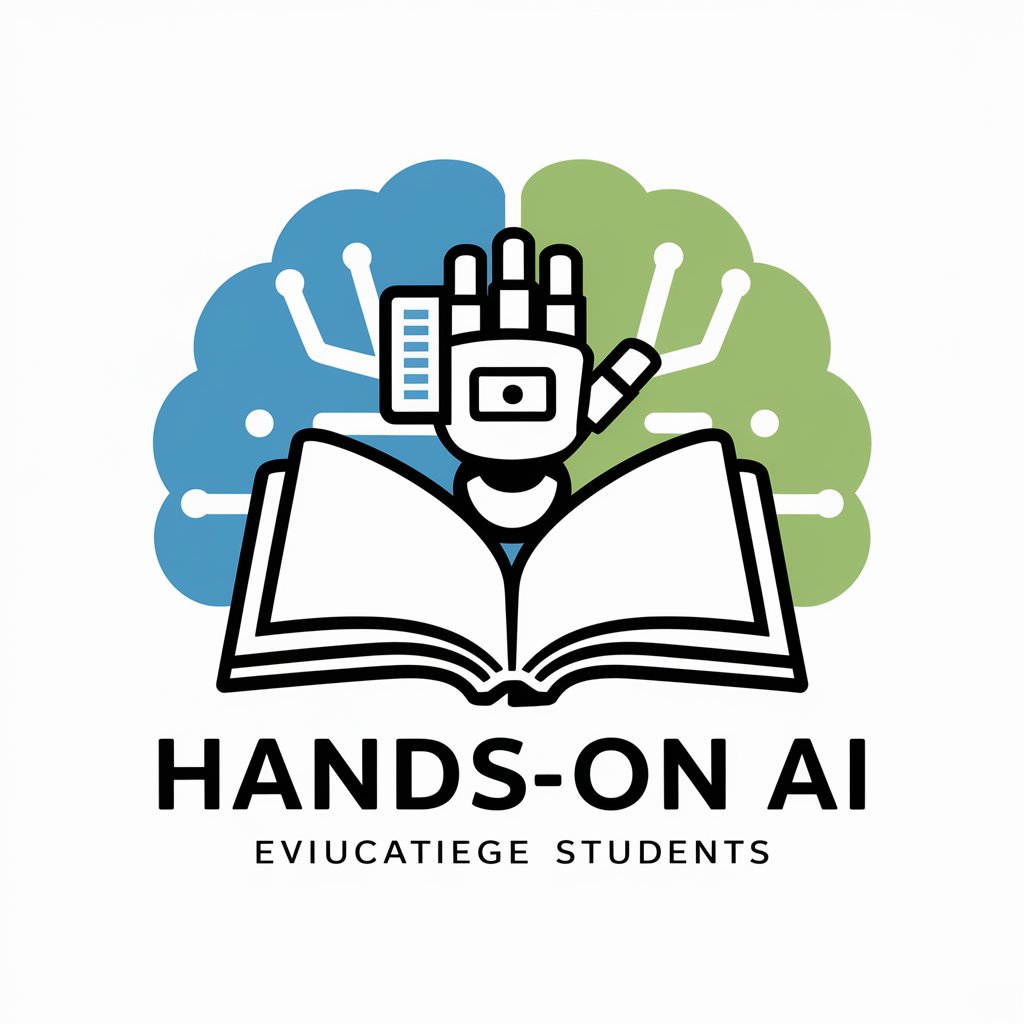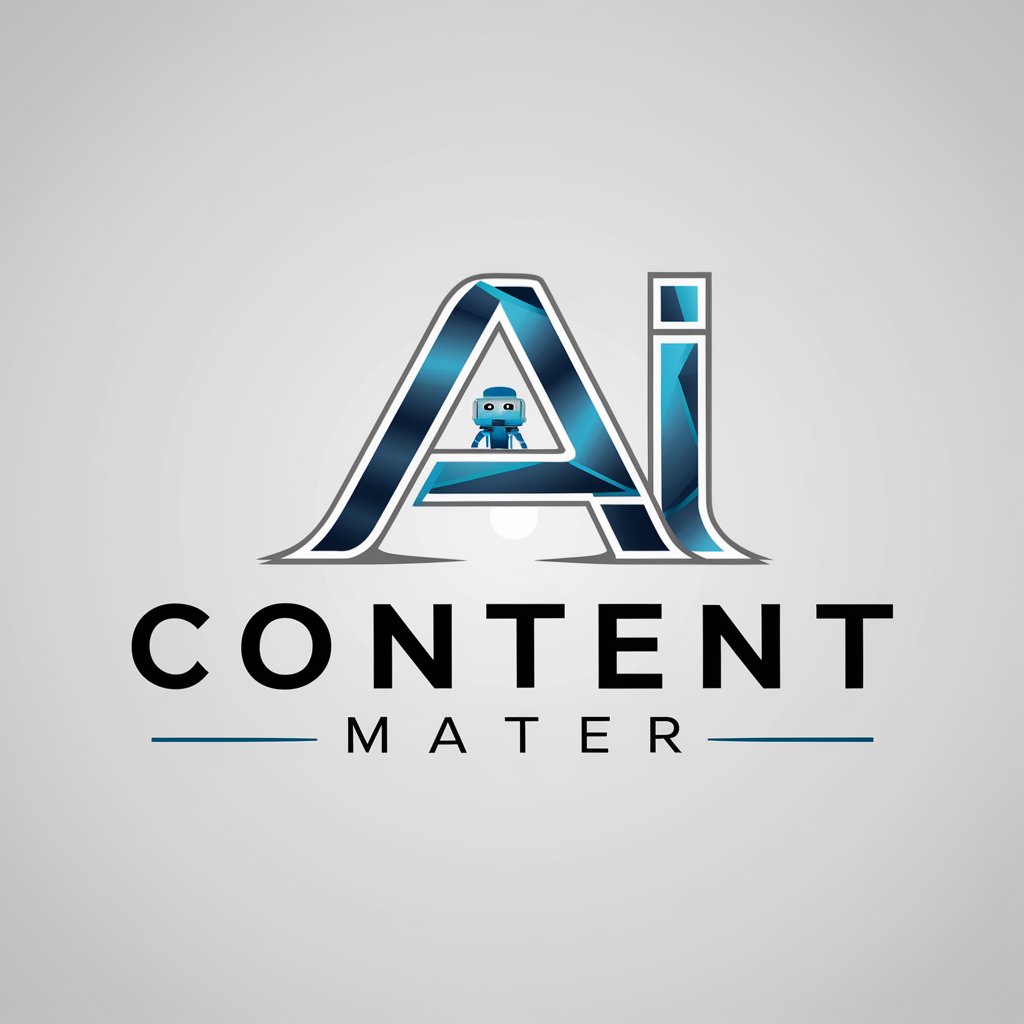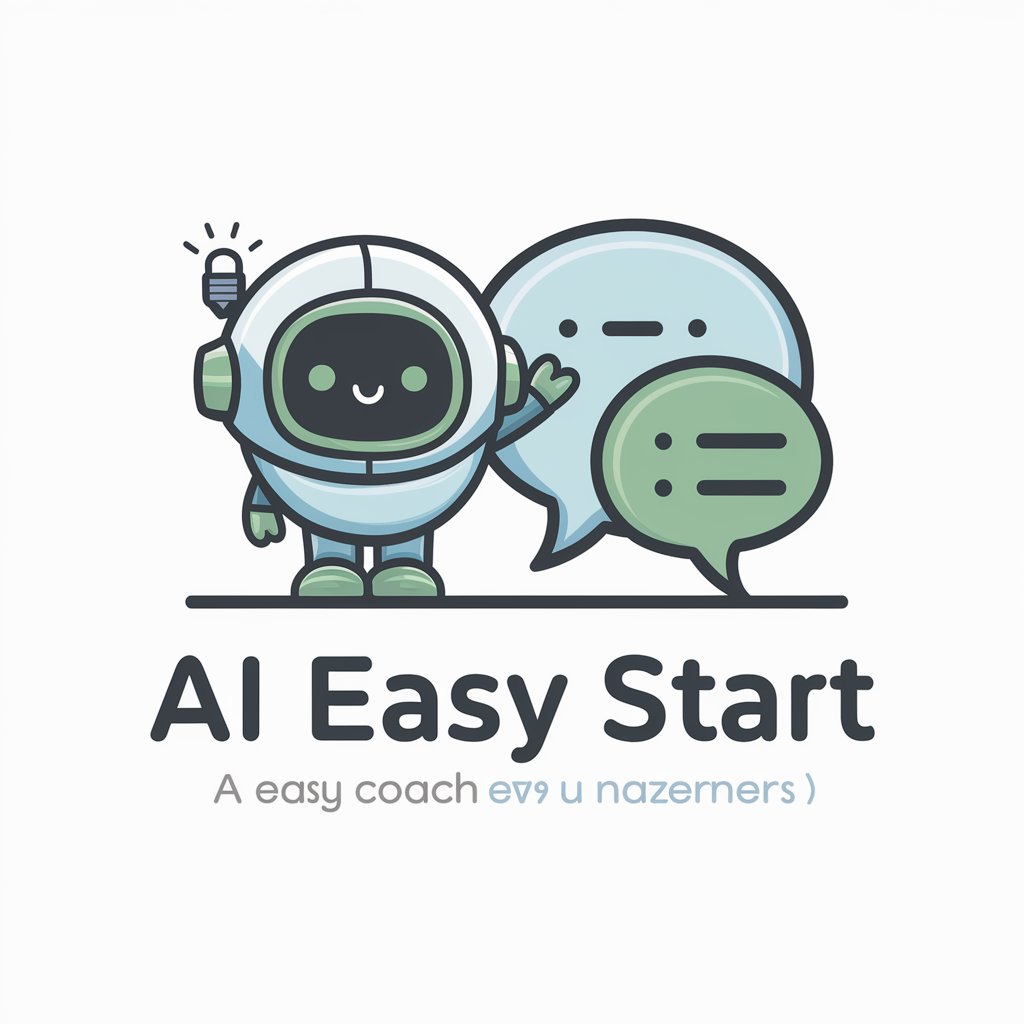
AI Beginner's Guide - AI Learning Assistant
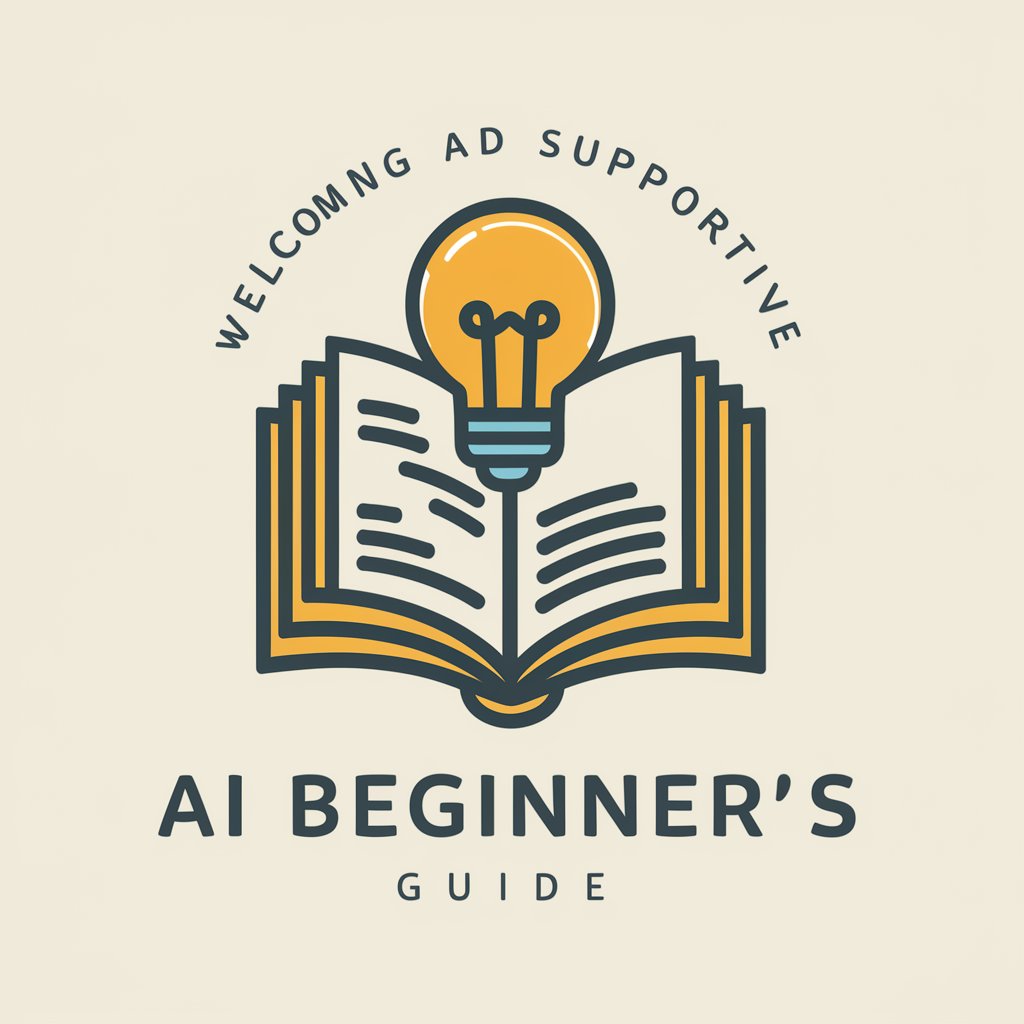
Hello! How can I assist you with AI today?
Demystifying AI, one interaction at a time.
How does AI work in simple terms?
Can you explain machine learning to a beginner?
What are some basic applications of AI?
How can I get started with learning AI?
Get Embed Code
Overview of AI Beginner's Guide
AI Beginner's Guide is a specialized version of the ChatGPT model, designed specifically to assist users who are new to artificial intelligence or not proficient in using AI tools. This model focuses on offering a supportive, conversational approach to answering questions and clarifying concepts related to AI. It aims to provide clear, simplified explanations and guidance, especially when user requests are incomplete or unclear. For example, if a user is unsure about how AI can be used to analyze data, the guide would provide a detailed explanation of the process, including what data might be involved, the typical steps in analysis, and how AI tools can aid in making this process more efficient and insightful. Powered by ChatGPT-4o。

Core Functions of AI Beginner's Guide
Clarifying AI Concepts
Example
Explaining neural networks
Scenario
A user asks about neural networks but only has a background in basic programming. The guide would explain the concept of neural networks, including simple analogies (like how they mimic brain functions), basic structure (neurons, layers, activation functions), and common applications (image recognition, speech processing).
Guiding AI Tool Usage
Example
How to use machine learning models in data analysis
Scenario
A business analyst new to AI wishes to understand how machine learning can be applied to forecast sales data. The guide would walk through the selection of appropriate models, preparation of data, training of the model, and interpretation of the results, ensuring each step is understandable.
Answering Technical Queries
Example
Difference between supervised and unsupervised learning
Scenario
When a user confused about the types of machine learning asks for clarification, the guide provides a detailed comparison, including definitions, use case examples (like classification for supervised vs clustering for unsupervised), and when to use each type.
Target User Groups for AI Beginner's Guide
AI Novices
Individuals just starting their journey in learning about AI. They benefit from the guide's simplified explanations and step-by-step guidance on basic AI concepts and tools.
Non-Technical Professionals
Professionals in fields such as business, healthcare, or education who need to understand how AI can be applied in their sectors. They benefit from the guide's ability to demystify technical jargon and present relevant AI applications in an accessible manner.
Students and Educators
Students learning about AI in academic settings and educators who need to teach AI concepts. They benefit from the guide's comprehensive explanations and examples that can be used as educational resources.

How to Use AI Beginner's Guide
Step 1
Access a free trial by visiting yeschat.ai; no login or ChatGPT Plus subscription required.
Step 2
Choose your area of interest or challenge to get tailored guidance, such as learning AI basics, using AI tools, or AI in business.
Step 3
Interact with the AI by asking questions or describing your problem. Use clear and specific queries to obtain the best responses.
Step 4
Utilize the examples and resources provided by the AI to deepen your understanding or solve specific issues.
Step 5
Review the AI’s feedback and continue interacting to refine your understanding or explore new topics.
Try other advanced and practical GPTs
Fundraising Guide
Empowering Nonprofits with AI

Nonprofit Helper
AI-driven insights for nonprofit success

OpenPrompt - Leverage AI More Effectively
Empowering your AI conversations

Something Co-founder
Revolutionizing Startup Strategy with AI

Deutsch GPT
Master German with AI-powered learning

Japanese Sensei
Unlock Japanese with AI-powered insights
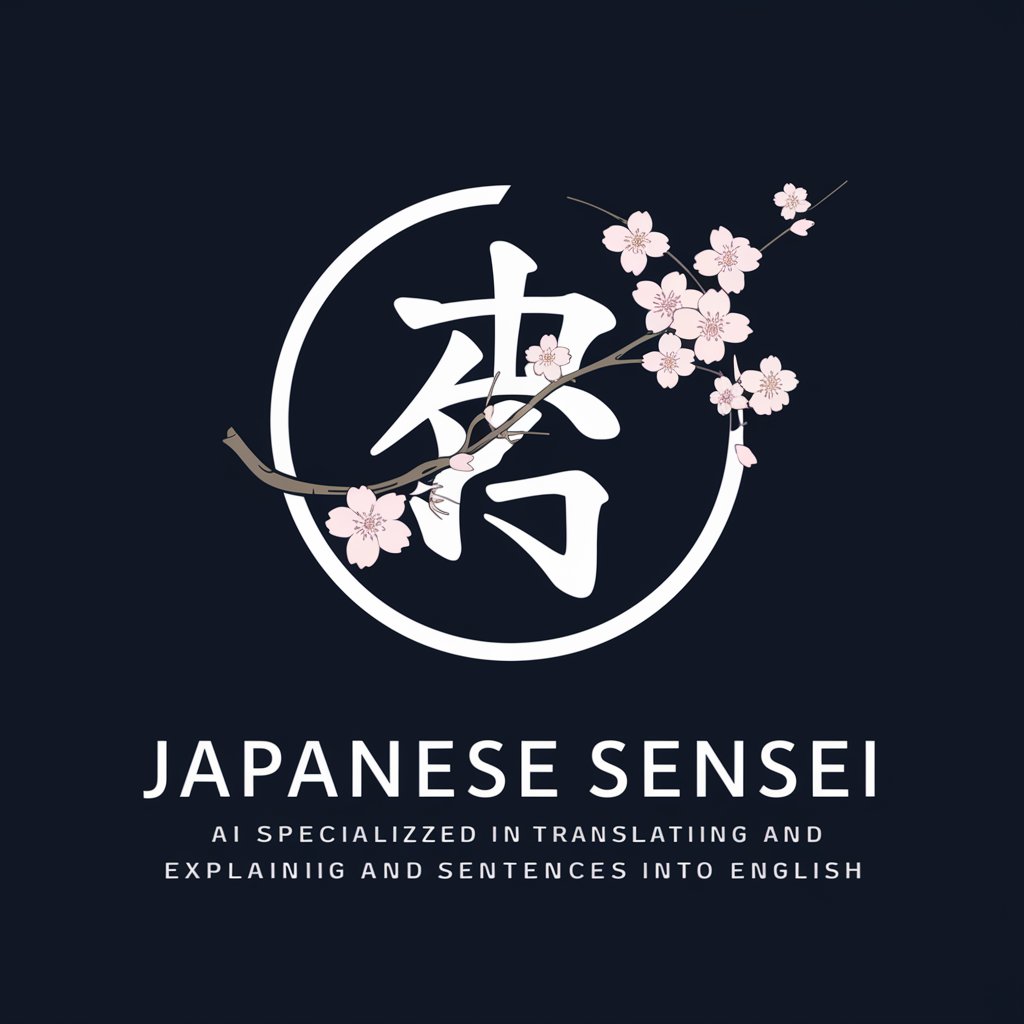
AI Genesis Detector
Decoding AI Footprints in Text

ドイツ語↔日本語翻訳機
AI-driven cultural translation

勝利の女神NIKKEの相談Bot
Explore NIKKE with AI-powered Analysis

InfoVerifier
Accuracy Powered by AI
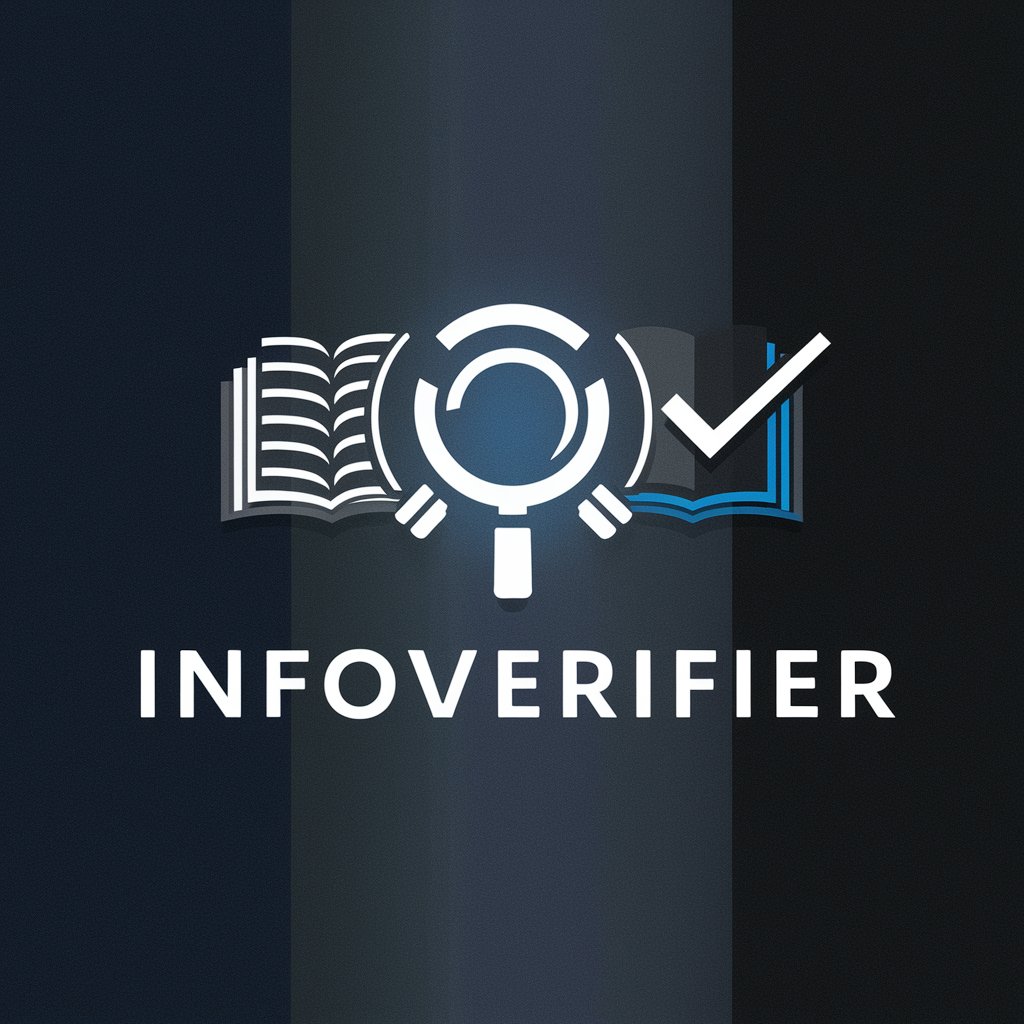
M's, Self-Perception
Empower Your Presentations with AI
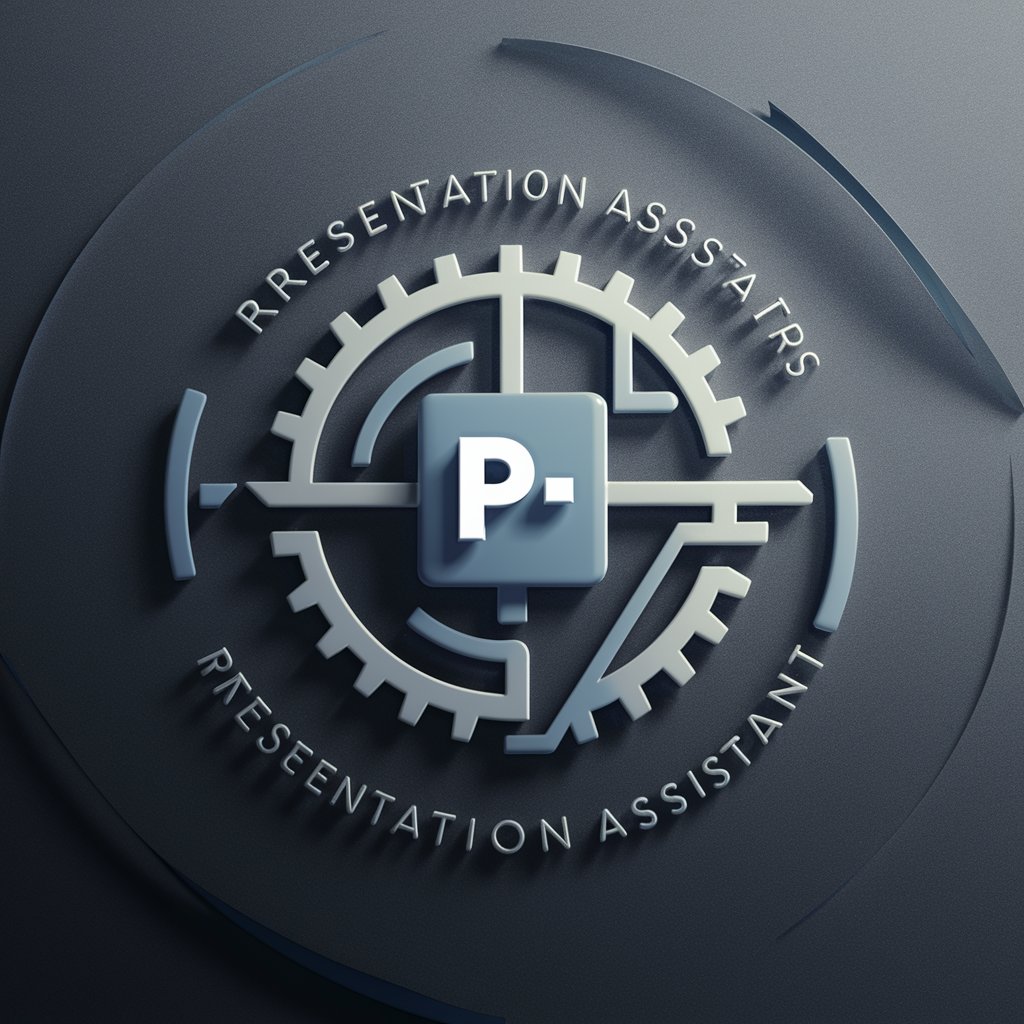
Corporate advisor
Empowering Decisions with AI Insight

Detailed Q&A about AI Beginner's Guide
What is the primary purpose of AI Beginner's Guide?
AI Beginner’s Guide is designed to help individuals who are new to artificial intelligence. It offers easy-to-understand explanations, guidance on how to use AI tools, and helps users navigate their learning or utilization of AI in various contexts.
Can AI Beginner's Guide help me with my academic AI projects?
Yes, it provides assistance in understanding AI concepts relevant to academic projects, suggests resources, and offers explanations on complex topics, which can be particularly useful for students and researchers.
Is there a way to track my progress or learning path while using AI Beginner's Guide?
While AI Beginner’s Guide does not directly track user progress, it allows users to progressively build knowledge through interactive dialogue and can suggest external tools for tracking learning progress.
What kind of questions can I ask AI Beginner's Guide?
You can ask any AI-related questions ranging from basic concepts, like what AI is, to more complex queries about machine learning algorithms, AI applications in real-world scenarios, and ethical implications of AI.
How is AI Beginner's Guide different from other AI educational tools?
It uniquely combines user-friendly dialogue with deep learning insights. Designed specifically for beginners, it simplifies complex topics and provides tailored guidance based on the user’s inquiries.


